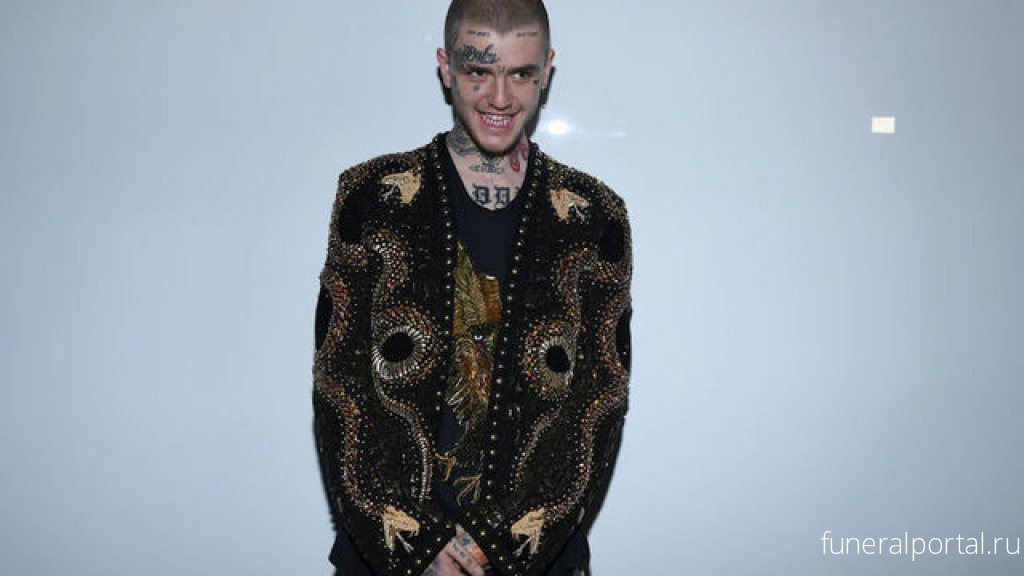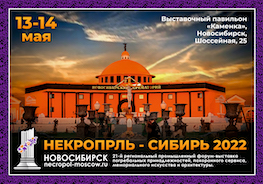By Ilana Kaplan
In 2017, Lil Peep was arguably one of the buzziest artists of the year. The emo rapper had been thrust into the spotlight after he was profiled in Pitchfork, igniting a viral craze. Following the release of 12 EPs, five mix tapes and more than a handful of singles, his debut album, “Come Over When You’re Sober, Pt. 1,” lived up to the hype for its pop-punk musings on existential dread, anxiety, depression and the freedom of youth.
With a rabid fan base, Peep was on the precipice of fame. But just as he was approaching bona fide rock stardom — and only three months after his album dropped — the artist born Gustav Åhr died of a drug overdose at age 21.
When he passed, however, his career didn’t end: Peep’s popularity soared, thanks to his largely teen listeners. And his celebrity has continued to grow, eliciting a Kurt Cobain-like fandom. Since his death three years ago, there have been two posthumous full-length albums (2018’s “Come Over When You’re Sober, Pt. 2” and 2019’s “Everybody’s Everything”); the rereleases of mix tapes “Hellboy” and “Crybaby”; two EPs (“Goth Angel Sinner” and “Vertigo”); and several singles released, including his most popular song, “Star Shopping,” to streaming platforms. The members of Peep’s camp, particularly his brother Oskar Åhr and mother Liza Womack, have made it their mission to continue pursuing his dream and preserving his legacy. For Womack, that has meant engaging with her late son’s fans regularly through letters and social media platforms, working to share all of Peep’s unreleased music with the world.
“I wanted to release all of [Peep’s] music because he was dead, and I wanted the world to know who he was. His mark had been left,” Womack says. She thinks “that there’s kind of a sensationalism” when people die, which contributed to Peep’s continuously rising star.
She’s not wrong, and Peep’s enthusiastic devotees aren’t isolated: Posthumous fan communities have continued to thrive long after an artist’s death. That isn’t necessarily anything new — everyone from Cobain to Biggie and Tupac are eternally praised. But in the digital age, these groups have surged with the rise of social media, and as communication between an estate and an artist’s audience remains open. Of course, labels continuing to feed audiences unreleased music has been an integral part of helping sustain late musicians’ legacies.
Simply put, death is hardly the end for musicians. “Some stars explode in popularity upon their deaths because their celebrity images are already tragic to some degree,” according to Mark Duffett, a professor of media and cultural studies at the University of Chester in England and author of “Understanding Fandom.” That stems from the fact that people are generally alienated from celebrities, since they can be in our lives as much as we desire, but cannot be touched. “Celebrity therefore already contains a sense of loss,” adds Duffett. “A performers’ death makes that palpable. We mourn the loss of a sustained creative presence.”
Death, instead, makes the emotions we associate with the musician all the more real: everything from their personal struggles and values to their creativity. “If the person was young, tragic or mysterious, their death interacts with their image to alter its appeal,” he says.
In recent years, the rap community has experienced this firsthand. The deaths of musicians such as Mac Miller, 26; Juice WRLD, 21; Pop Smoke, 20; and Nipsey Hussle, 33, have deeply affected their respective admirers, who have tried to maintain a positive legacy for them. Even more controversial figures like XXXTentacion, who confessed to abusing his pregnant girlfriend and stabbing nine people, experienced an outpouring of mourning from followers after his death at age 20.

Pop Smoke at the Rolling Loud Festival in Los Angeles in December 2019. He was fatally shot months later. (Scott Dudelson/Getty Images)

Juice WRLD performs during a concert in Newark in October 2018. He died of a drug overdose in December 2019. (Bennett Raglin/Getty Images for Power 105.1)
“If it’s a young artist of color [who dies], I think it becomes especially resonant in those communities because it’s a reminder of how people of color historically and sort of statistically die younger or can die younger,” says music and culture critic Maria Sherman, author of “Larger Than Life: A History of Boy Bands from NKOTB to BTS.” She thinks there’s an amplified “religiosity” that permeates after the death of a young rapper.
“When they pass at such a young age — and maybe that’s true for any artist that passes at a young age — they become like musical martyrs in a certain way,” says Sherman. “There’s an intensity or severity in which you read into their music or their personal life.” How fans react to an artist’s death also corresponds to the age of the musician and their audience. “If both [the fan and artist] are young, there is a sense of shock associated with the untimely indication of mortality,” says Duffett.
Rappers keep dying fast and young. How should we manage our grief?
Cody Lee, 25, Zach Di Martini, 24, and Marc-Andre Lauzon, 26, who are behind the Mac Miller Memoir fan account on Twitter with more than 115,000 followers, have found “Macheads” to be “one of the most accepting and loving fandoms in music,” which they attribute to the example Miller set when he was alive. “We’ve seen his fan base come together stronger than ever and continue to spread love and positivity through his music on a daily basis,” they wrote in a direct message on Twitter. “A lot of us grew up listening to Mac Miller so in a way we feel like we knew him personally. Whether it helped us through tough times or setting the tone for great memories, we’ve been there with Malcolm for years.”
Peep and Juice, in particular, were SoundCloud rappers — chaotic, genre-blurring, Internet stars with face tattoos who went from DIY to the mainstream. What appeared as a fleeting and goofy hip-hop subgenre became a lucrative faction that helped usher in a new era in the music industry: These artists opted for vulnerability instead of hyper-masculinity. Driven by Gen Z and millennials in particular, the audience for SoundCloud rappers is loyal and stems from the often humble and melancholy nature of the music, which is rooted in relatability to teens and young adults.
“[Peep] had this aura of inclusiveness,” says John Meneilly, the estate manager for the late rapper. “[His music is] just this place for all, even if you’re a little bit left of center. He really was kind of an artsy kid . . . all he wanted to do was make music. And there’s not a lot of outlets for that, sadly, really. SoundCloud was that outlet for him.”
Elijah Gavriloae, 18, remains a dedicated follower of Peep. “His music helped me going through a lot of bad moments in my life . . . When you listen to his songs, you feel like he knows what you are going through and that he understands your pain,” Gavriloae wrote in a private Twitter message. “It feels so great to know that somebody is there for you, indirectly, but he’s always there for you through his music.”

Mac Miller performs in Los Angeles in October 2017. He died of a drug overdose in September 2018. (Rich Fury/Getty Images)

Nipsey Hussle, at a pre-Grammy party in February 2019, died of gunshot wounds the next month. (Matt Winkelmeyer/Getty Images for Warner Music)
Juice fan Trayvon LaPre, 22, has witnessed the late rapper’s popularity explode since his passing, due in part to his lyrics. “His music touched a lot of young hearts out there going through the similar pain that he went through, including bad relationships and how his thought process worked for him to be able to conquer [them],” he said in a Twitter direct message.
Followers of late artists have in turn helped bring to light the perils of the music industry, in hopes of promoting change. The suicide deaths of Sulli, Goo Hara and SHINee’s Jonghyun at 25, 28 and 27, respectively, prompted discussions around the pressures of being a K-pop star, particularly around overworking and self-esteem issues. After the deaths, the artists’ supporters helped spread awareness in an effort to address these problems. “We also have a sense that the performer’s death tells us something about how they lived,” says Duffett. “Music genres become emblematic of the social anxieties of their eras, and those are things that frame both the artists and their dedicated audiences.”
While many avid devotees might champion artists, there are times that their own authenticity has been up for debate. Social media has precipitated new types of totemism — the work of what being a fan means has been questioned, particularly after a death. Womack has found Peep’s listeners to be territorial: “There’s been a sort of a, ‘Oh, you’re a fake fan. Oh, you’re a real fan.’ ” And while fans of artists who died suddenly and young have remained dedicated to those they admired, there are still many others who are “sort of morbidly curious about who the talent was that they might’ve missed out on,” says Sherman, which can be jarring to those who have been onboard since the beginning.
But regardless of when they joined, these fandoms are what keep the memory of a late artist alive. The collective mourning and nostalgia the late artist evokes is what bonds them together. “It is each living group of real fans who make the difference, even as they themselves age, and new members come into their community,” says Duffett.
These artists continue to prosper because their followings maintain a culture of fascination for them. And so, the artists we lost remain in the present, still chasing their dreams with their fans cheering for them in the background.

Why is it so hard for young rap legends to make it past 25?
https://kulturehub.com/young-rappers-dying/
After the untimely deaths of young rappers, fans are determined to continue their legacy
https://thebreakingnewsheadlines.com/blog/after-the-untimely-deaths-of-young-rappers-fans-are-determ...










